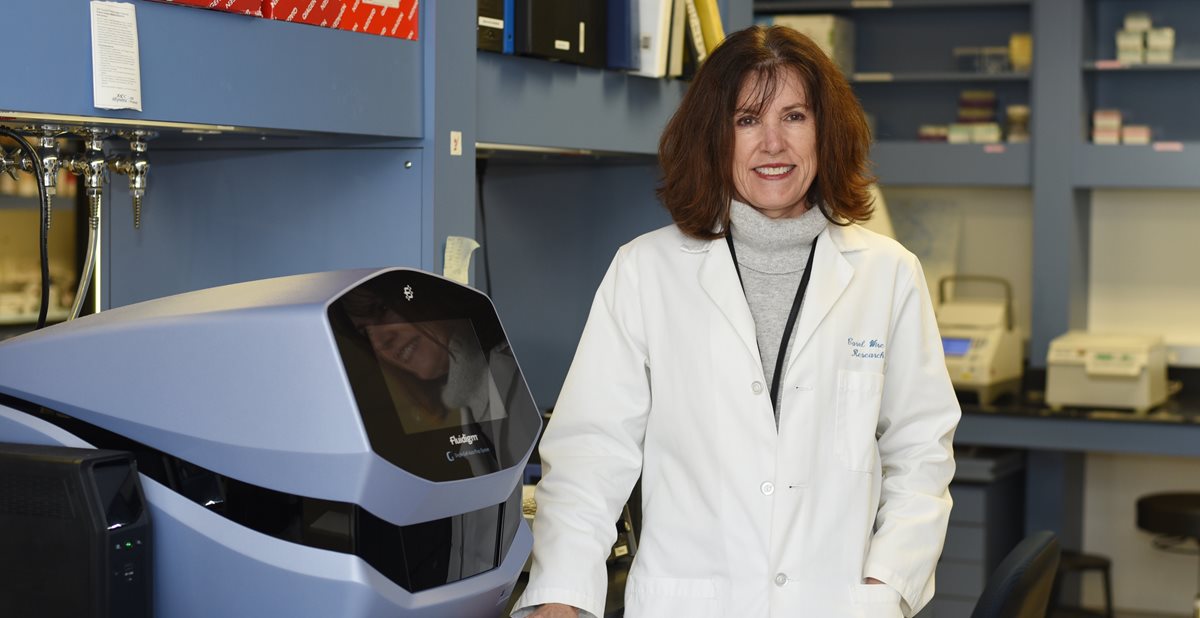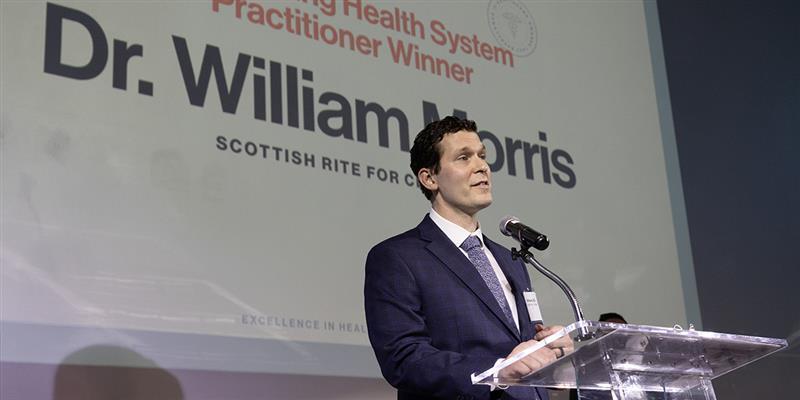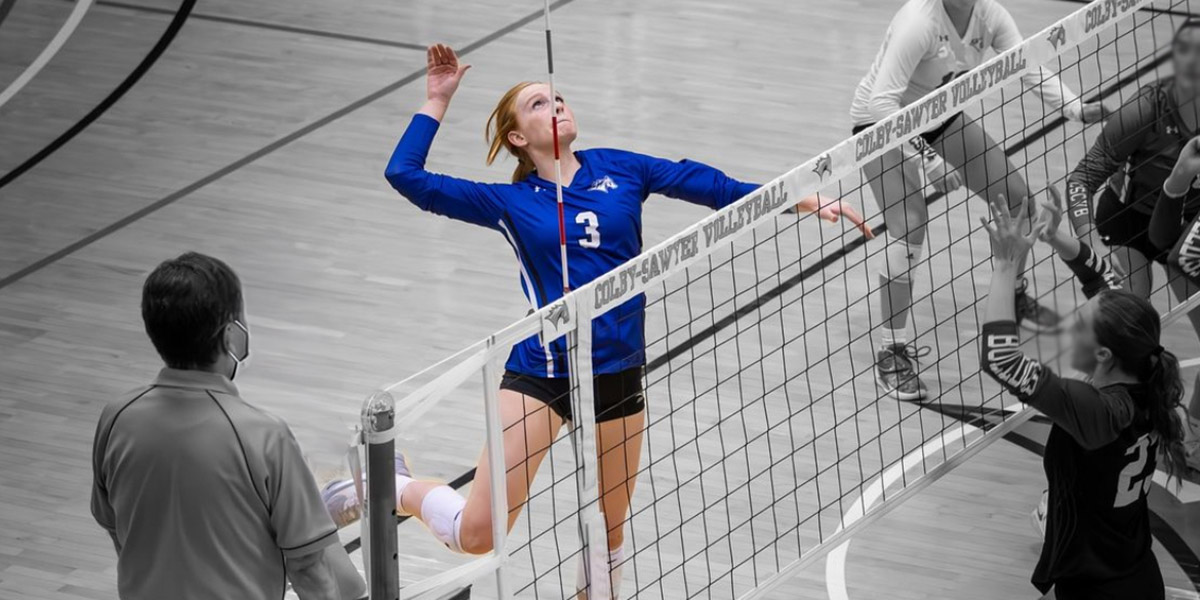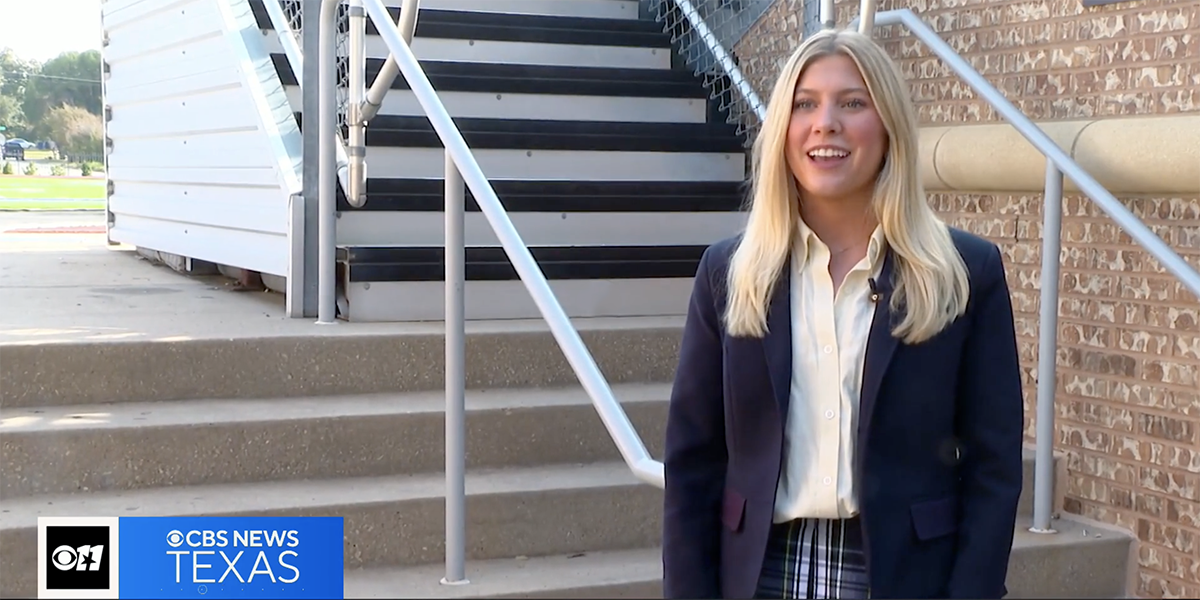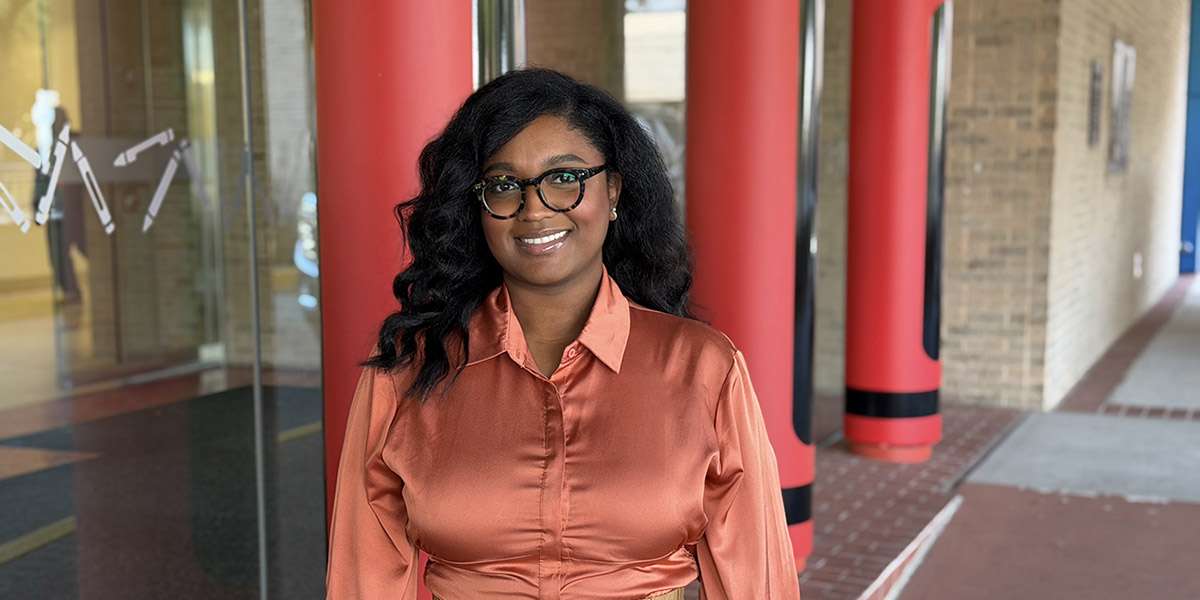At Scottish Rite for Children, one of the most common conditions we treat is adolescent idiopathic scoliosis (AIS). With AIS, the spine curves or twists into a “S” or “C” shape for unexplained reasons. It affects two to three percent of school-aged children, equating to millions of children worldwide. It is well known that girls have a much higher risk of developing severe AIS than boys, and that it tends to run in families. Despite this knowledge, much is still unknown about the cause of scoliosis, and there is currently no way to prevent the condition from occurring.
While our surgeons treat AIS in our clinics and operating rooms, Scottish Rite’s director of Translation Research Carol Wise, Ph.D., continues her groundbreaking scoliosis genetic research two floors above. Dr. Wise and her team have received millions of dollars in grant funding, and their breakthroughs in research are advancing the world’s understanding of scoliosis. Below is an overview of her discoveries, what she and her team are studying now, and where she hopes her research will lead in the future to help patients with scoliosis around the world.
Where It Started
In 2016, Dr. Wise was awarded a grant from the National Institutes of Health for a Program titled “Developmental Mechanisms of Human Idiopathic Scoliosis”. This program is a collaborative effort between three research-focused centers including Principal Investigators Dr. Wise at Scottish Rite for Children and University of Texas Southwestern Medical Center, Liliana Solnica-Krezel, Ph.D., at Washington University and Nadav Ahituv, Ph.D., at the University of California, San Francisco. The goal of the Program is to discover the causes of AIS in children.
In the first six years of the program, the researchers discovered many genetic variants associated with increased risk of adolescent idiopathic scoliosis. For example, one discovery was near PAX1, a gene involved in spine development. Curiously, this variant was found mostly in females and not males, suggesting it promotes the higher instance of AIS in females. The collaborative team went on to show that specific factors in cartilage, are relevant in AIS. This was a significant breakthrough as it pointed to specific parts of the spine that drive the disease. These findings were published in the journals Nature Communication and Bone Research.
In 2022, Wise and the team were awarded a highly competitive renewal of their grant. The goals of the new grant are to continue building on groundbreaking genetic research and define specific factors causing AIS that could be targeted for treatment. The group expanded with a fourth research center by adding Principal Investigator Dr. Gray of University of Texas at Austin.
Current Research
In a study published in January of 2024, Wise and her team defined still more genetic variants that function in cartilage and connective tissue and increase the risk of developing AIS. One of these variants was found in a gene called Col11a1, a gene variant affecting collagen. To further investigate, when PAX1 – the gene previously discovered to impact spine development – was removed, Col11a1 was reduced, limiting collagen production. Going one step further, the researchers found that lowering the levels of an estrogen receptor altered the activation patterns of Pax1, Col11a1, and Mmp3 in mouse cartilage cells. These findings suggest a possible mechanism for the development of AIS, particularly in females. This information may guide future therapies aimed at maintaining healthy spinal cells in adolescent children, particularly girls. This work was published in the journal eLife. At the same time the UCSF team, using a different approach, discovered that estrogen blockade alters functions of Pax1. This work was published in Cell Reports. Dr. Wise and her team are continuing to define the roles of human AIS-associated genes in spine using animal models and other tools. Simultaneously, they are sharing their findings with the larger scientific community for the benefit of spine researchers worldwide.
Future Research and Goals
As Wise and the group continue unraveling the “why” of AIS it is leading to ideas for prevention or cures. Developing pre-clinical therapies, and understanding why girls are at such greater risk of progressive AIS than boys, are two major goals of Wise and her colleagues. For Dr. Wise, patients and families living with AIS inspire her work and the work of many other scientists diligently seeking answers.


